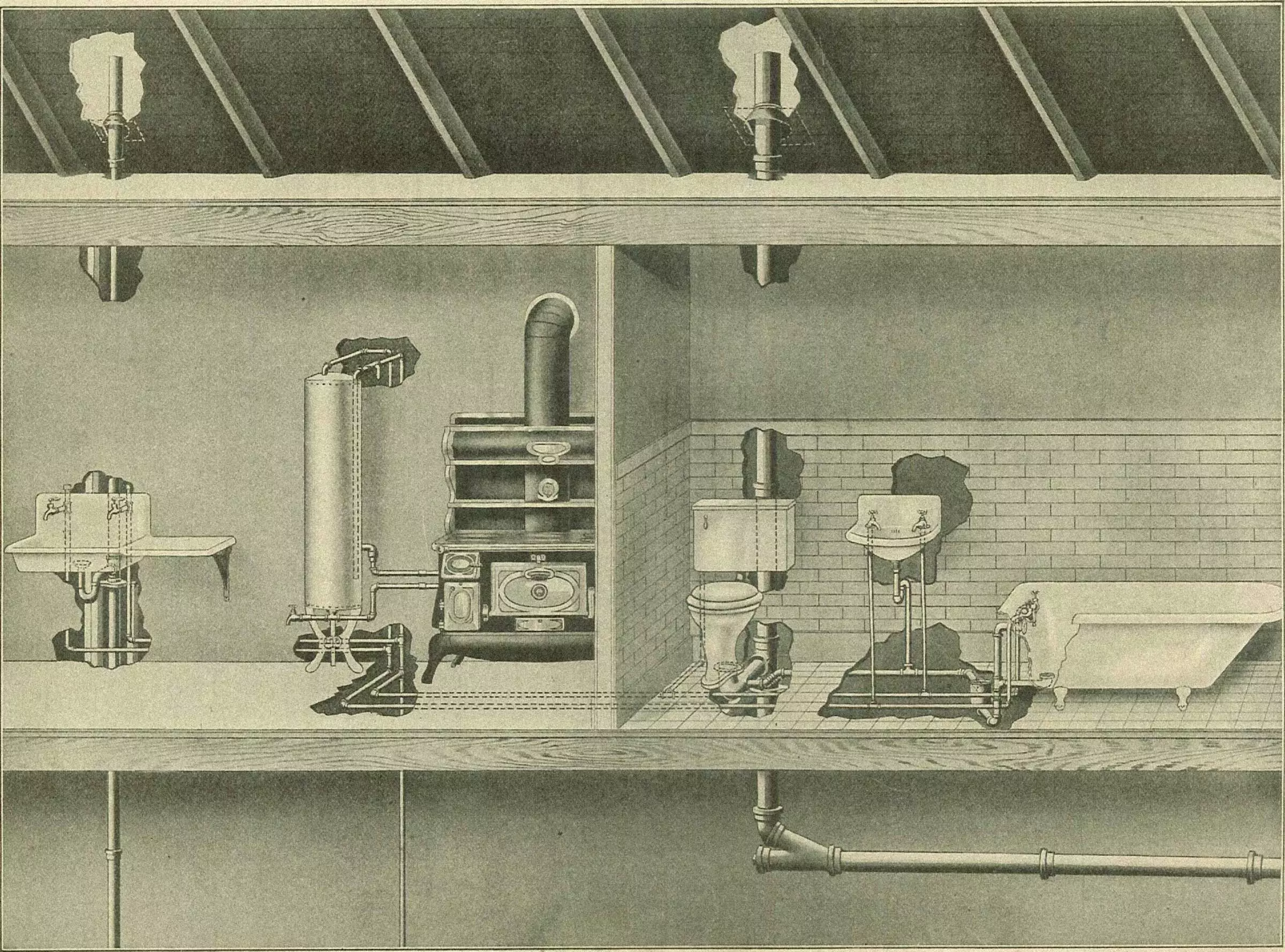From the series:
From Idea to Reality: Getting to Guaranteed Income
From Idea to Reality: Getting to Guaranteed Income
Building a Helicopter: Pathways for Targeting & Distributing a US Guaranteed Income
Unprecedented levels of unemployment and income loss stemming from the COVID-19 pandemic have left many Americans unable to afford basic necessities such as food and housing. In response, governments, philanthropies and nonprofits have turned to temporary unconditional cash assistance. This process has revealed major weaknesses in our existing systems for distributing “helicopter money” – emergency infusions of cash. This paper asks: what kind of identification and disbursement architecture do we need to do better?

Unprecedented levels of unemployment and income loss stemming from the COVID-19 pandemic have left many Americans unable to afford basic necessities such as food and housing.
In response, governments, philanthropies and nonprofits have turned to temporary unconditional cash assistance. This process has revealed major weaknesses in our existing systems for distributing “helicopter money” – emergency infusions of cash. This paper asks: what kind of identification and disbursement architecture do we need to do better?
Among the subjects covered:
- Targeting challenges
- Disbursement challenges
- Takeaways from global and local initiatives
- Potential solutions
“These targeting and implementation challenges have revealed an inconvenient truth for those advocating for universal (or targeted) guaranteed income programs: the United States currently lacks the necessary infrastructure to make such programs a reality.”